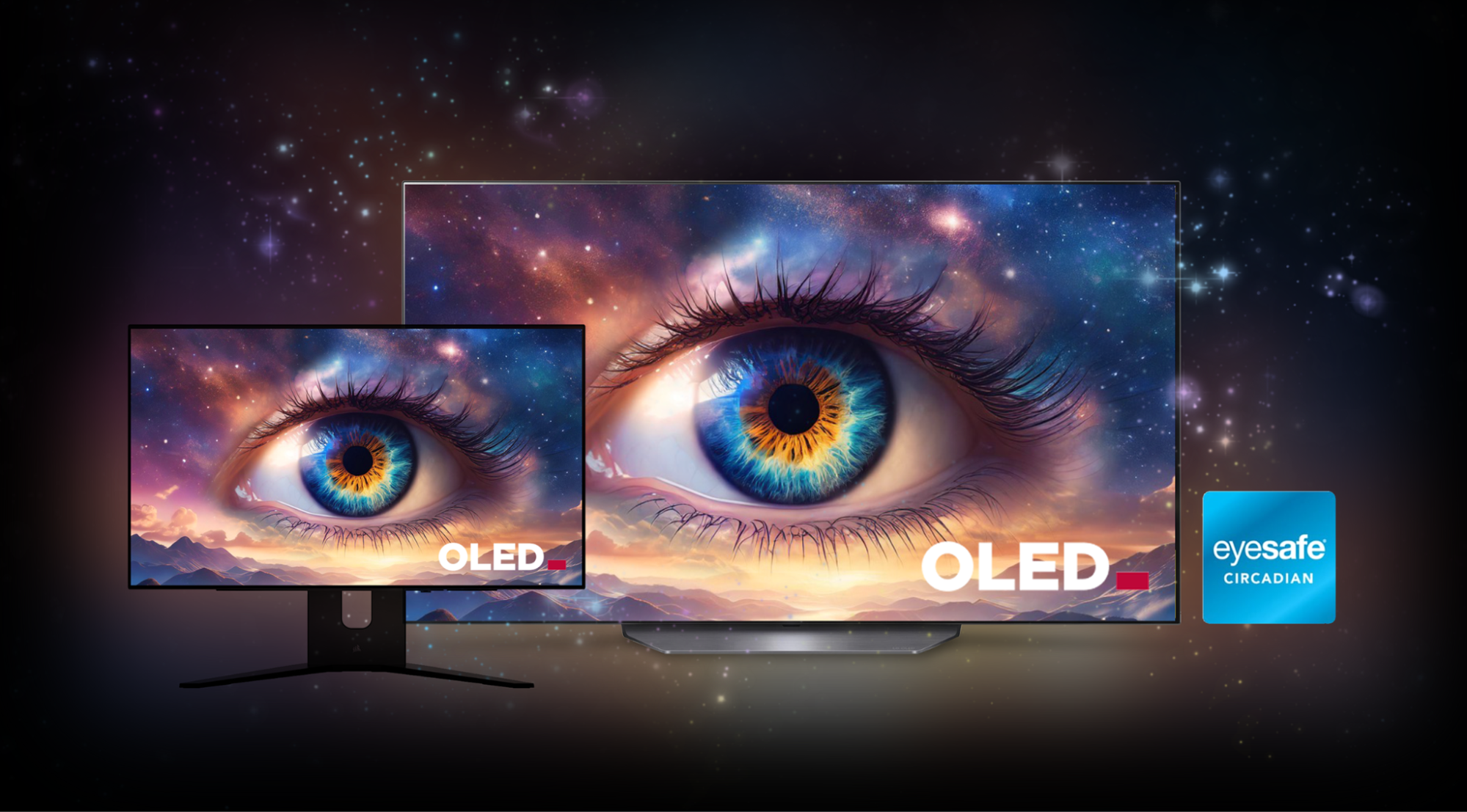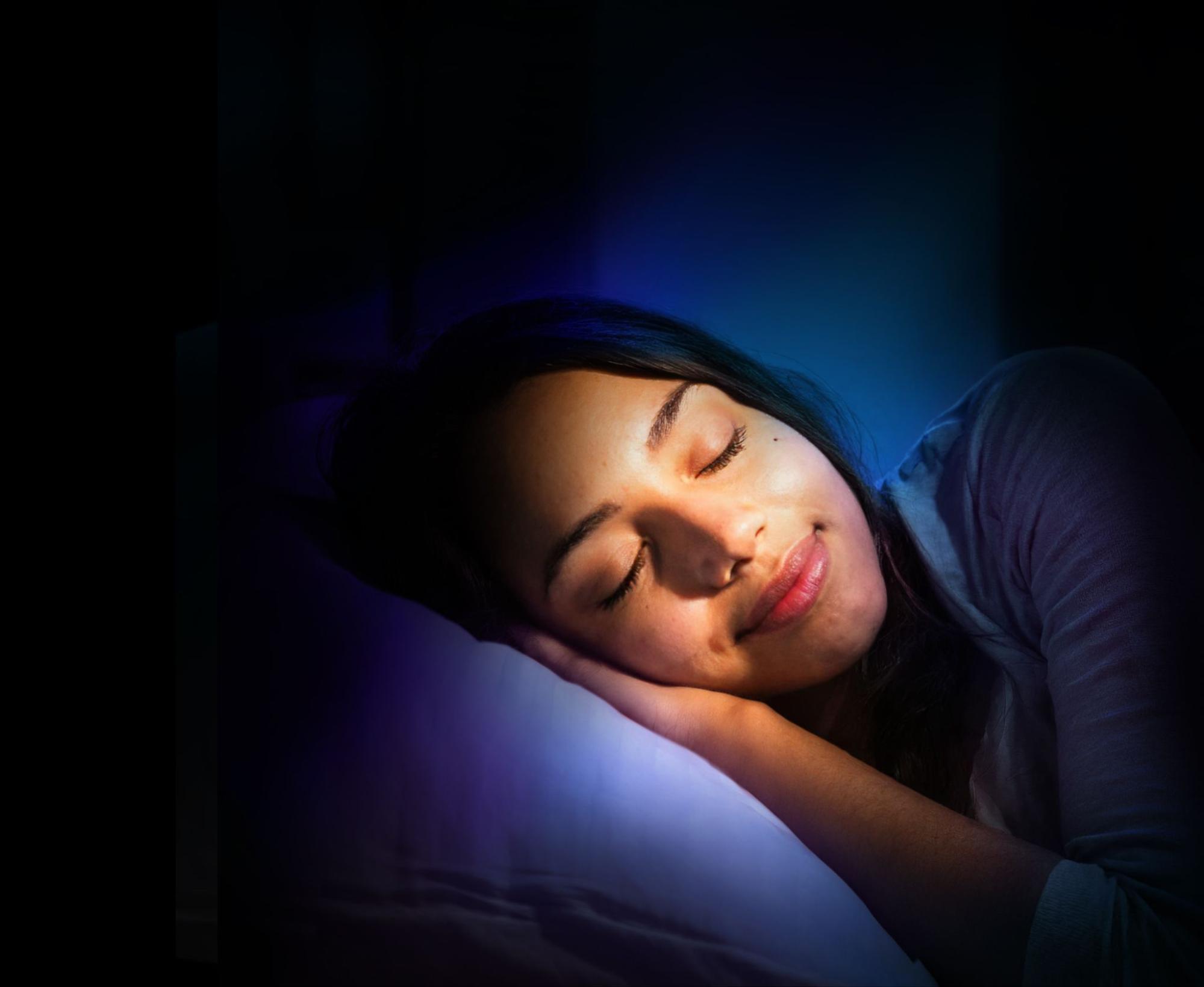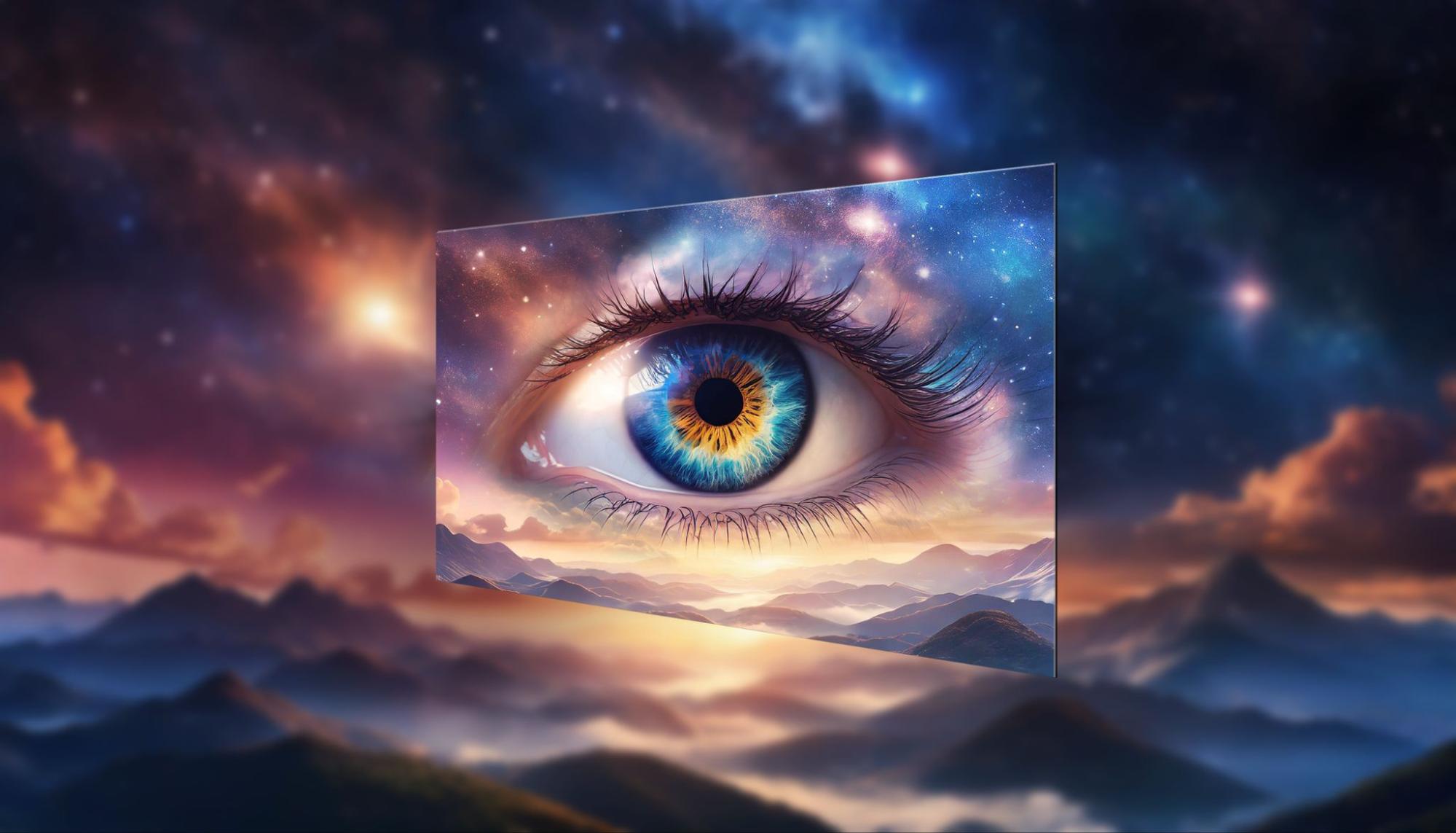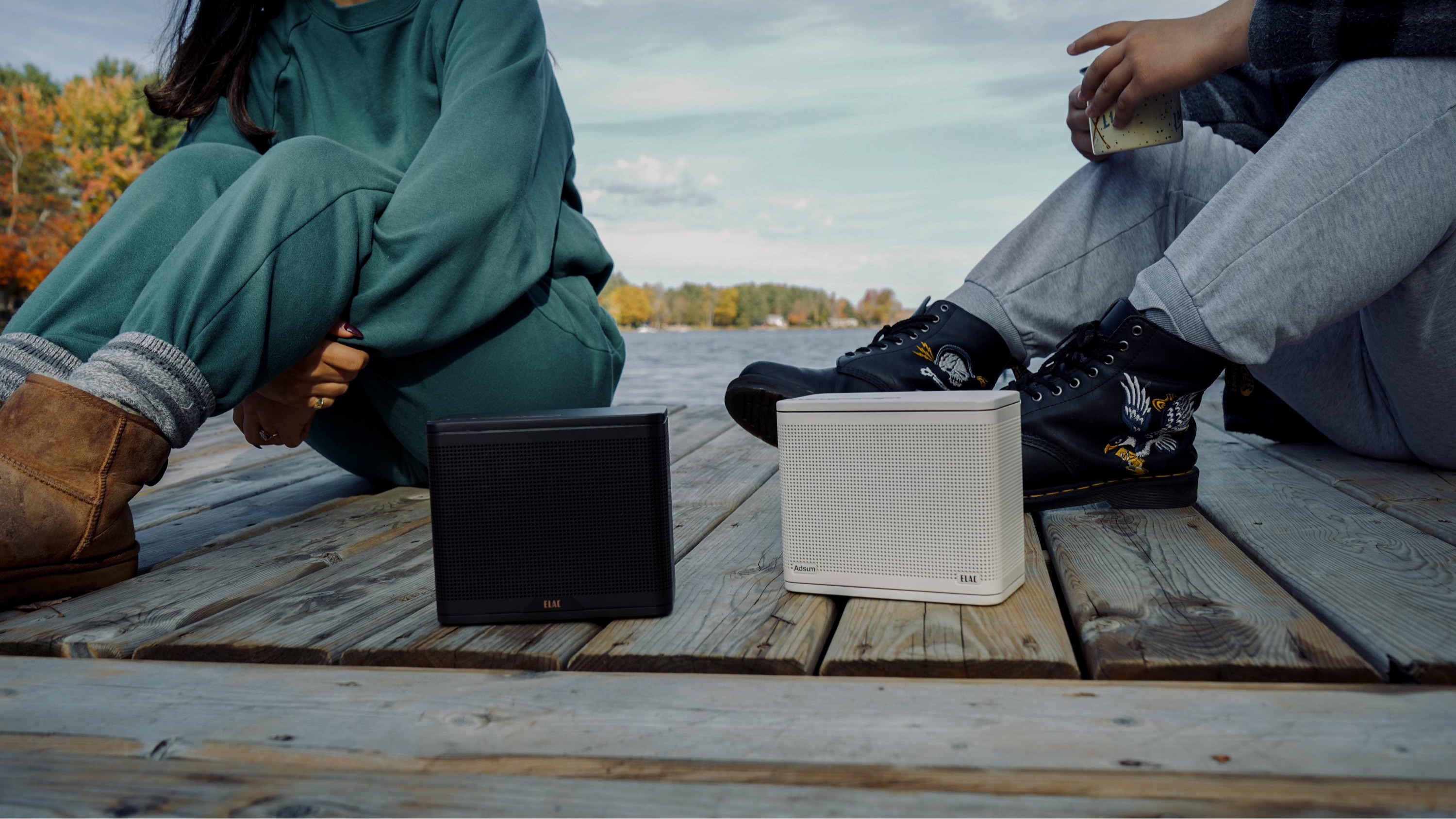
The modern world is flush with screens, and getting away from them is nearly impossible. From staring at a computer monitor while gaming, to relaxing with a movie on the television, our devices have become ingrained in our everyday lives. These devices emit blue light, and prolonged exposure—especially in the evenings before bedtime—can have a disruptive effect on our bodies. As the day winds down, our bodies typically begin to produce melatonin, a necessary hormone responsible for regulating sleep. The blue light from screens and displays can trick our bodies into thinking it is still daytime and that melatonin is unnecessary, suppressing its production and throwing our sleep patterns out of order.
There are ways to reduce blue light exposure, however. Eyesafe, a global leader in blue light management solutions, has collaborated with LG Display on the Circadian Protection Factor (CPF), which measures the impact of displays on circadian rhythms. Like SPF for sunscreen, higher numbers indicate better protection and lower blue light emissions in the wavelengths that disrupt sleep.
The battle against blue light

If it has a screen, it likely emits blue light. TVs, monitors, smartphones—all the devices we use and encounter daily increase exposure to blue light and potentially suppress melatonin production. This disruption in our circadian rhythms makes it difficult to fall asleep, worsens the quality of our sleep once we do finally drift off, and can impact our overall health and well-being. While exposure is inevitable, there are ways to reduce the negative effects. Thanks to LG Display’s OLED technology, blue light management has become much more commonplace.
The effect of blue light on melatonin was studied in a clinical trial by the Department of Electrical Engineering at Kookmin University in Seoul, Korea. The scientific study revealed some surprising results on which blue light sources are most disruptive, showing that watching OLED TVs led to an 8.1% increase in melatonin secretion. Meanwhile, watching a mini LED TV resulted in a 2.7% decrease in melatonin. The study was performed at a time of day when melatonin production naturally increases, leading to the conclusion that OLED displays have a lower impact on sleep quality than Mini LEDs.
LG Display Eyesafe Circadian–certified panels may help protect your circadian rhythm and promote better sleep quality. Among many advantages, OLED produces crystal-clear images consisting of perfect black and luminous colors. Some blue light mitigating technologies can lead to the distortion of on-screen colors, but LG Display’s self-emissive OLED panels are designed to maintain their expected color performance, even while emitting less blue light. The entire lineup of LG Electronics’ OLED TVs has these characteristics, and some of its representative models are the LGE OLED 65-inch and LGE OLED 97-inch televisions.
It’s not just televisions that can reduce your blue light exposure. LG Display’s OLED technology is also advantageous for gaming monitors. With OLED, a polarizer is used to block reflected light internally, ensuring lower black levels under ambient conditions. These low black levels enhance color purity in ambient light, allowing black levels and color purity to remain more consistent compared to other displays. Thanks to this feature, brightness does not need to be increased to maintain consistent contrast and color, ultimately contributing to reduced blue light emissions with OLED. You can experience this with LG Electronics’ gaming monitors, like the LGE Ultra Gear 39-inch or LGE Ultra Gear 32-inch models.
Eyesafe and LG Display: a sight to behold

Eyesafe’s experience as a leader in blue light management solutions has led to the development of the Circadian Protection Factor (CPF). CPF is based on an international standard defined by the CIE System for Metrology of Optical Radiation for ipRGC-influenced Responses to Light. This assessment requires Eyesafe to measure the intensity and proportion of blue light stimulating optical cells. Eyesafe calculates CPF to determine which displays have the lowest blue light emissions and, thus, the least impact on a person’s circadian rhythm. As a result of this collaboration, LG Display’s OLED TV and monitor panels have become the first in the world to receive an Eyesafe® Circadian Certification with a Tier 1 rating.
This top rating extends across the entirety of the LG Display OLED lineup, covering monitor and television panels that range from 27 inches up to 97 inches, for all of your viewing needs. Even the Eyesafe Vision Health Advisory Board, which is composed of the world’s leading ophthalmologists and optometrists, endorses LG Display OLED TV and monitor displays. The advisory board declared the lineup of displays an excellent choice for those seeking superior image quality with a reduced impact on sleep.
While screens may be a fact of life, poor sleep quality because of blue light exposure doesn’t have to be, thanks to Eyesafe and LG Display.
This website does not provide medical advice, and its products are not intended to diagnose, treat, cure, or prevent any disease or medical condition. Please consult your physician or other qualified healthcare provider with any questions you may have about your health. Visit https://eyesafe.com/disclaimer for more information. EYESAFE® and the EYESAFE logo are registered trademarks of Eyesafe Inc.
The latest hi-fi, home cinema and tech news, reviews, buying advice and deals, direct to your inbox.
